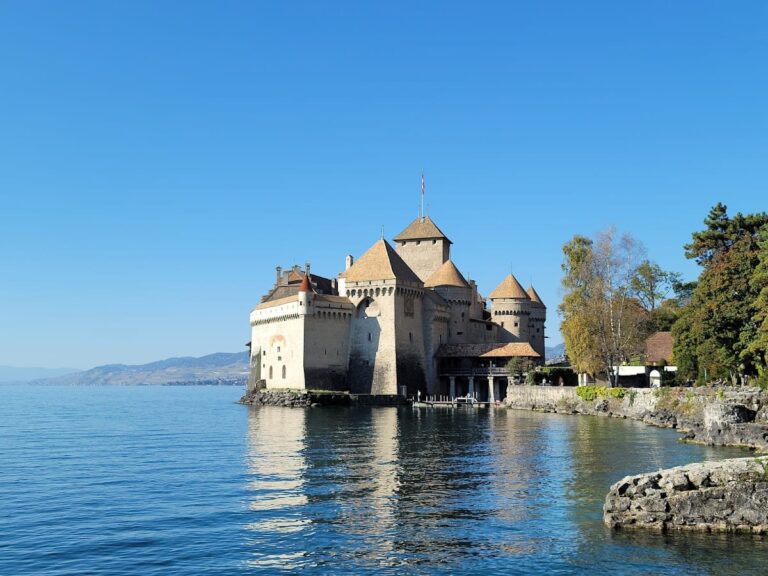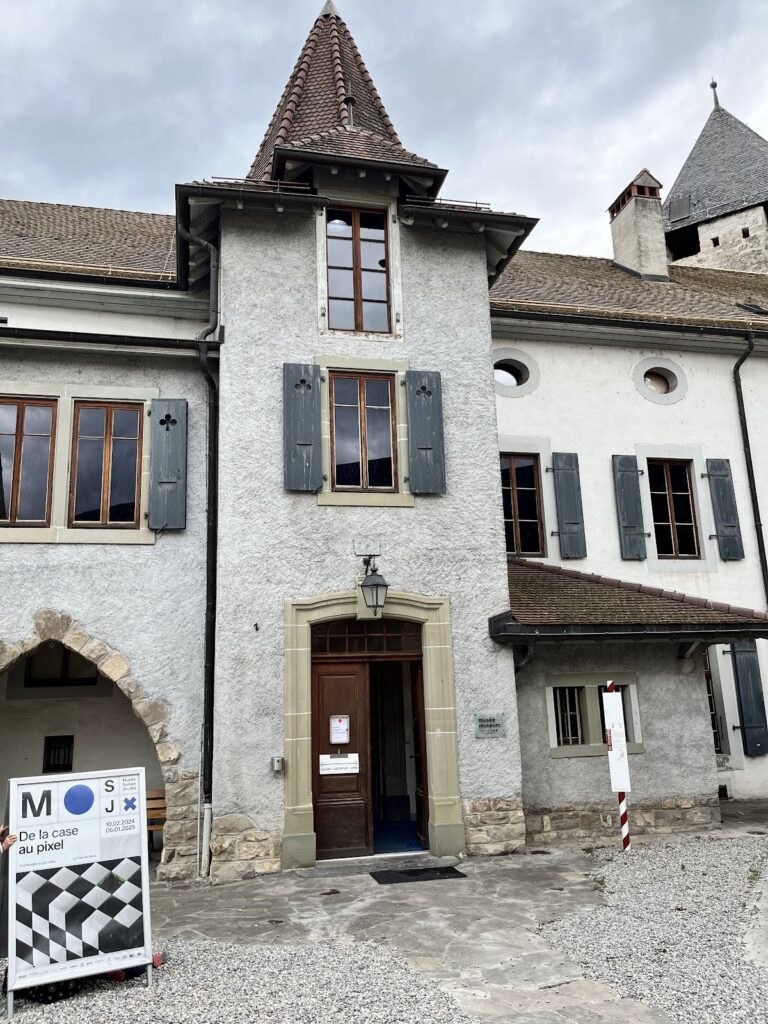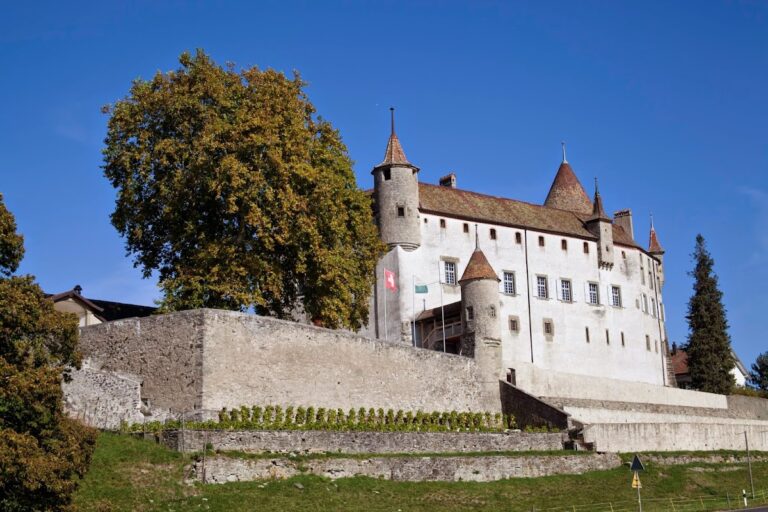Aigle Castle: A Historic Fortress and Museum in Switzerland
Visitor Information
Google Rating: 4.5
Popularity: Medium
Google Maps: View on Google Maps
Official Website: www.chateauaigle.ch
Country: Switzerland
Civilization: Medieval European
Remains: Military
History
Aigle Castle is located in the town of Aigle, Switzerland, and was originally established in the late 12th century by the Barons of Aigle. The castle first appears in records from 1179 as a small fortification designed to control important mountain passes in the Rhone Valley, specifically the Col du Pillon and Col des Mosses. This strategic position allowed the Barons to oversee and protect key routes through the region.
Before the year 1200, the Barons of Aigle became vassals to the Counts of Savoy, a powerful noble family in the region. In 1232, Count Thomas of Savoy granted the castle as a fief to Jacob and Peter of Saillon, brothers who were closely related to the Barons of Aigle. This transfer marked the beginning of a new phase in the castle’s ownership and development.
During the late 13th century, the castle underwent significant expansion. It received a city charter, which granted certain rights and privileges to the surrounding settlement. The castle was rebuilt with stronger defenses, including a fortified donjon (a main tower) and curtain walls. In the 14th century, the Lords of Compey inherited the castle and made it their main residence. Around 1450, they added turrets and a large tower on the southern side, enhancing its defensive and residential functions.
The castle’s military importance was highlighted during the Burgundian Wars between 1474 and 1477. In 1475, Bernese forces attacked and burned Aigle Castle, ending Savoyard control over the site. The Compey family lost their rights to the castle, and in 1488, Bern rebuilt it. This reconstruction included replacing a round tower with a large square tower in the southern corner, reflecting late French military architectural styles. The castle then became the seat of a provincial governor under Bernese rule.
Under Bern’s administration, Aigle became the center of the first French-speaking district governed by Bern. The castle housed the governor’s headquarters until 1798, when the French invasion led to the creation of the Helvetic Republic. This marked the end of Bernese control and the castle’s role as an administrative center.
In 1804, ownership of the castle passed to the municipality of Aigle. Over the 18th and 19th centuries, the castle served various civic functions. It was used as a court and prison, with the prison operating until 1972. It also functioned as a hospital until 1832 and provided shelter for the poor during difficult times.
Starting in 1971, restoration efforts began to preserve the castle’s structure and historical features. In 1975, the castle was converted into the Musée de la Vigne et du Vin, or the Vine and Wine Museum. Today, the castle and its associated museums are recognized as Swiss national heritage sites, reflecting their cultural and historical significance.
Remains
Aigle Castle’s layout reflects its evolution from a small medieval fortification to a larger fortified residence. The original structure included a square tower, similar to one still visible on nearby Saint-Triphon hill. Over time, curtain walls and turrets were added, especially during the 14th and 15th centuries under the Lords of Compey.
The 15th-century reconstruction by Bern replaced an earlier round tower with a massive square tower in the southern corner. This tower exemplifies late French donjon architecture, characterized by its robust, rectangular form designed for defense and residence.
Surrounding the castle are vineyards, emphasizing the region’s long association with wine production. To the west of the main building stands the “Grange de la Dîme,” a structure built in 1587 that historically served as a tithe barn for collecting agricultural taxes.
Inside the castle, the prison cells, known as casemates, retain inscriptions left by former prisoners. These markings provide a tangible link to the castle’s use as a jail until the late 20th century.
The lower floors of the castle now house the Musée de la Vigne et du Vin. Exhibits include large wooden wine presses and a wine cellar lined with oak barrels of various sizes. Upper rooms display historical wine-making tools, old bottles, and measuring devices. Interactive exhibits demonstrate the process of turning grapes into wine.
Adjacent to the castle gates is the Maison de la Dîme, which contains the Musée de l’Étiquette. This museum showcases nearly 800 wine labels from 52 countries, covering almost two centuries. Since 2009, it has also hosted art exhibitions.
Restoration efforts beginning in the 1970s have significantly improved the castle’s condition. These works have preserved its historical features and allowed it to function as a museum and cultural site today.










